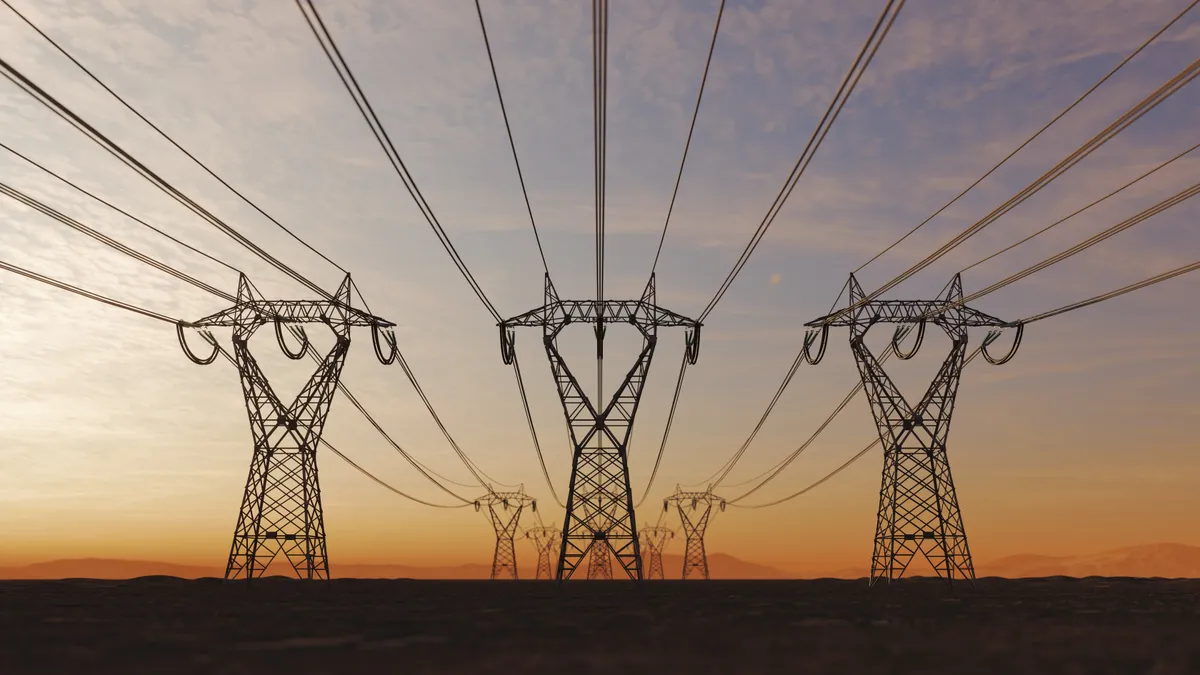Dive Brief:
- The Federal Energy Regulatory Commission on Friday rejected Pacific Gas and Electric’s request for an additional 0.5% return on equity — worth an estimated $41.4 million annually — as a bonus for being a member of the California Independent System Operator.
- PG&E was ineligible for the ROE “incentive adder” because a 2022 state law requires California utilities to be CAISO members and bars them from leaving without California Public Utilities Commission approval, according to FERC. The ROE incentive aims to encourage utilities and other transmission owners to voluntarily join regional transmission organizations and ISOs.
- “PG&E’s participation in CAISO is no longer voluntary,” FERC said. “Thus, we find that PG&E is no longer eligible for the RTO Adder.”
Dive Insight:
FERC’s decision is the latest in a series of actions involving its RTO adder incentive for the San Francisco-based utility. The California PUC estimated the extra ROE, which would have been included in PG&E’s transmission rates, to be about $41.4 million per year.
In June 2022, the U.S. Court of Appeals for the Ninth Circuit ruled that PG&E was eligible for the RTO adder. However, later that year, the California General Assembly passed a bill stating that utilities like PG&E must be CAISO members.
In its decision, FERC dismissed PG&E’s argument that it was still eligible for the extra ROE because the legal validity of the California law had not been tested and its status could be affected by a case pending in the U.S. Court of Appeals for the Sixth Circuit that deals with the RTO incentive.
The RTO incentive is one part of PG&E’s $2.8 billion annual formula transmission rate request, which FERC “accepted” and set for settlement procedures and hearings.
In its transmission rate proposal, PG&E is seeking a 12.37% base ROE plus the RTO adder, up from an “all-in” 10.45% ROE. The higher proposed ROE reflects PG&E’s financial situation and above-average risks from wildfires and California’s inverse condemnation policy, according to the utility.
Parties filing protests against PG&E’s transmission rate request included the California PUC, the Transmission Agency of Northern California; Northern California Power Agency; the City of Santa Clara, California, doing business as Silicon Valley Power; 46 state water contractors; the California Department of Water Resources State Water Project; and a group of six southern California cities.
Meanwhile, the Department of Energy on Tuesday issued a “record of decision” to award credits to PG&E under the Civil Nuclear Credit Program for the continued operation of the 2,256-MW Diablo Canyon nuclear power plant. DOE in November decided to conditionally grant PG&E $1.1 billion under the program.
PG&E will be eligible to receive payments from the first award cycle of funding from the nuclear credit program over a four-year award period starting in January 2023, subject to the utility's agreement to payment terms and Nuclear Regulatory Commission license extension approvals.
DOE expects to make the payments annually beginning in 2025. They will be paid retroactively to compensate PG&E for the power plants operations in the prior year, DOE said.
The $6 billion nuclear credit program was established by the Infrastructure Investment and Jobs Act. It aims to keep existing financially struggling nuclear power plants running.















